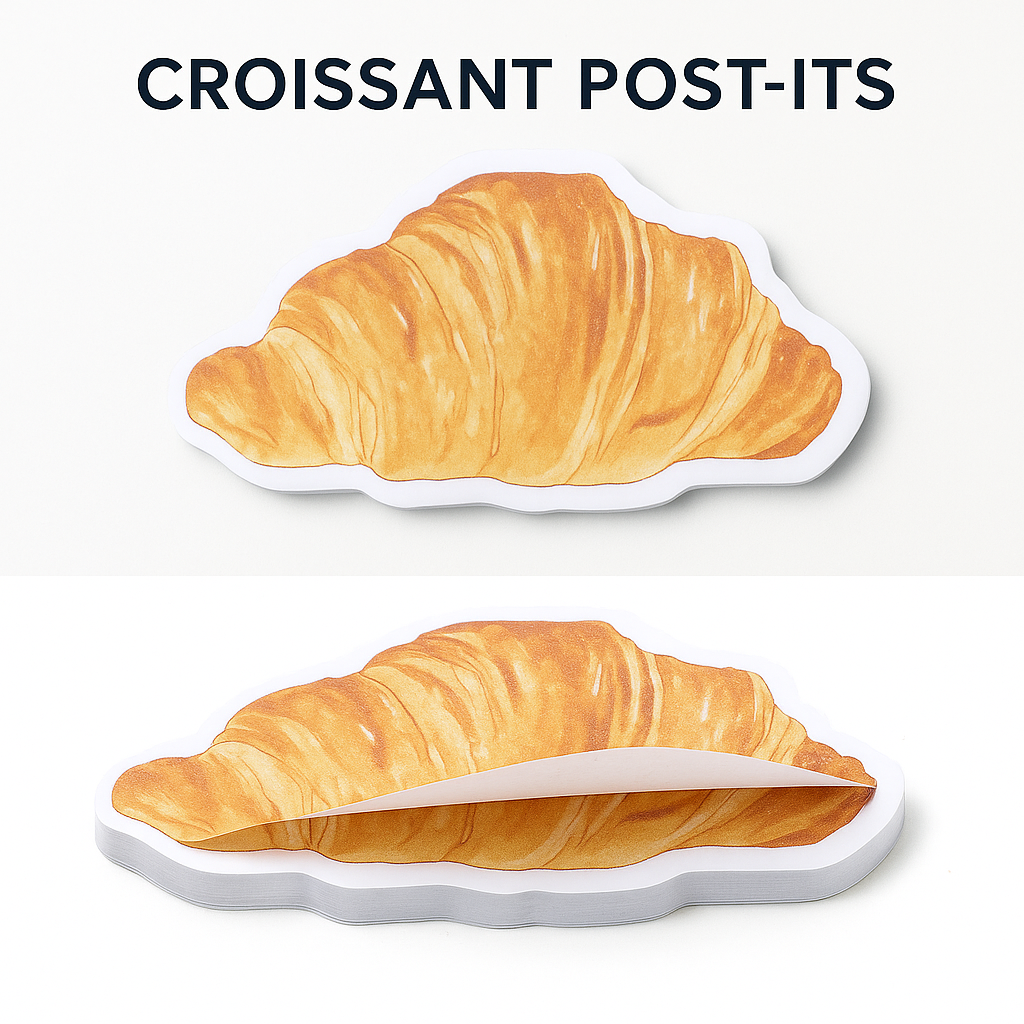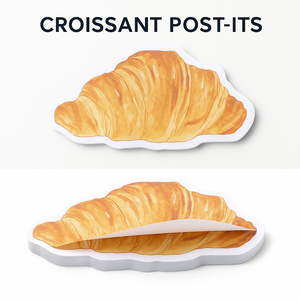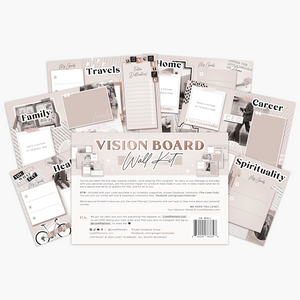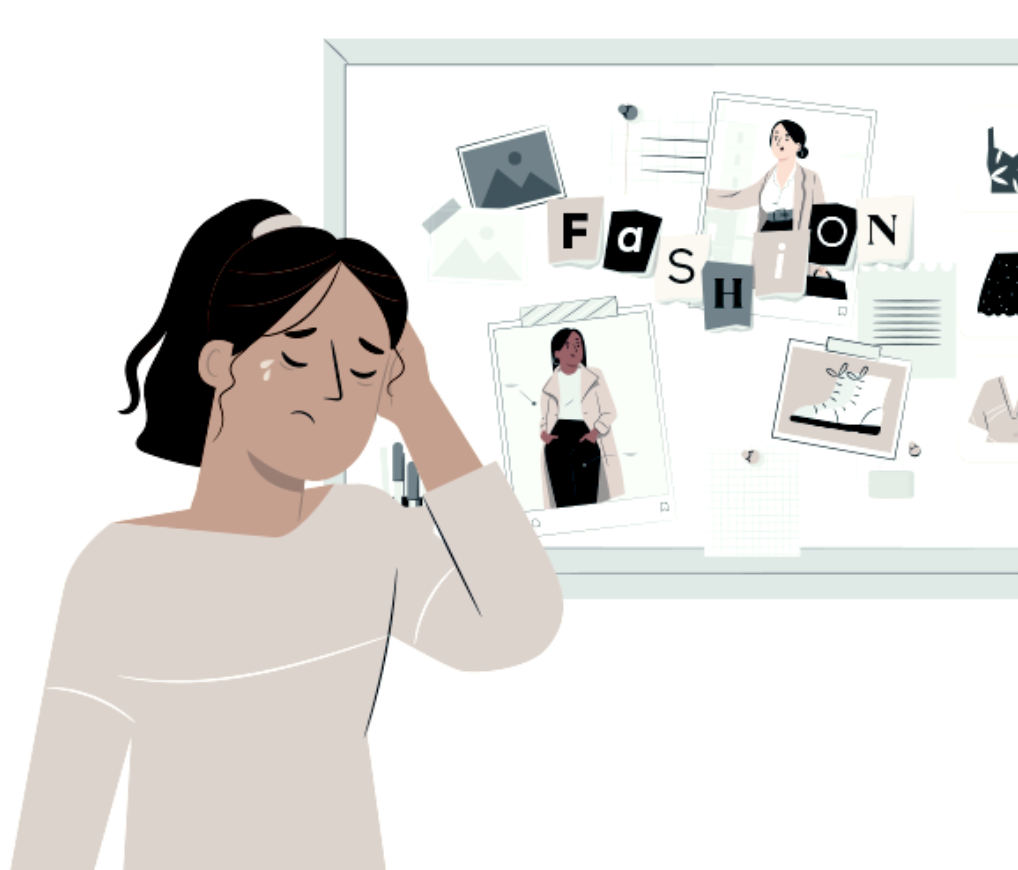For some, not seeing your vision board come to life is all the proof they need. If you're doubting whether or not a vision board actually works-then you'll want to keep reading.
It may surprise you but there's real proof behind the process. And that proof is supported by neuroscience–the study of the nervous system and brain.
But how? How is it that vision boards help you reach your goals?
Everyone’s Favorite Manifesting Tool
In a way, vision boards have existed for centuries. You could even argue (like some anthropologists) that the earliest vision boards go back to Prehistoric times. Humans would draw on cave walls, a vision board of sorts. They were used for things like keeping records, communicating with each other, and envisioning and planning the hunt.
From cave drawing to vision boarding, goals are kept at the forefront of your mind. Using a vision board can help rewire the brain that way (neuroscience), and that keeps your motivation going (even when you’re not looking at your visions).
Image: Lovet Planners’ Vision Board Planner on TV for Great Day Connecticut.
By using manifesting methods like vision boards, you’re more likely to make things happen.
ABS CBN News reported that there’s actual science to vision boards. Vision board coach Trixie Esguerra explains, “There is this thing that we call Reticular Activating System (RAS), it's a part of your brain that filters out all the information you receive. Imagine if there's no RES that filters out information, it's going to be information overload.”
“The vision board makes you understand and reminds you, even if you are busy, even if you have a lot of distractions, this is your goal, this is what is important to you.” Esguerra continues in the ABS CBN coverage. “The reason why you look at your vision board every day is for your subconscious to actually understand what you want. So when an opportunity presents itself to you, you will be able to see if you're going to take it or not.”
What It Takes To Work
Based on brain research, what happens with vision boards is you create and expand neural pathways. Those are the nerves in your body in which information travels.
It doesn’t happen with the simple act of making a vision board. It happens with the repetition of thoughts and feelings. These are the factors that rewire your brain! Over time, the intentions are built into your subconscious like muscle memory.
So if you don’t use your vision board after you create it, you’re not going to see manifesting results. Because you’ve already shelved it.
A lot of the drawback when it comes to vision boards is that you’re hardly home. You hardly have the time to visualize and spend time with your vision board.
When it takes the brain 18 to 254 days on average to develop a habit like visualizing, that can make you feel insecure about where your vision board goals are going (or where they’re not going).
The best way to resolve this is to make your vision board portable.
You can get more structure to your vision board process and its portability of it with the 12-Month Vision Board Planner from Lovet Planners. It’s a notebook-sized vision board keeper and manifesting planner that nurtures your goals in positive directions.
Vision Board Images & Value-tagging
There’s still much to learn about vision boards. When people abandon their vision boards because it’s “not working”, it’s because the time hasn’t been put into visualizing or the intentions aren’t clear.
That’s why it’s important to remember your vision board is a visual representation of your vision; not a collage. You could have the most beautiful images included on your vision board but they could be the wrong ones. Why?
Because of your mind and what’s called value-tagging.
Neuroscientist, medical doctor, and executive coach, Tara Swart, says that the brain process of “value-tagging” imprints important things onto your subconscious and filters out unnecessary information.
When the brain sees images, it value tags them. It prioritizes them subconsciously. In fact, the brain assigns a higher value to images over written words. So the more you look at certain images, Swart says, the more those images move up in importance.
“Images connect us more immediately and emotionally to our personal and financial goals, and to our setting and achieving them,” says Dr. Barbara Nusbaum, a psychologist. “[Images] help us in our thinking and moving toward these goals.”
And if you look at it right before you fall asleep every night, the images will be imprinted even further, she asserts.
Where do you start?
It doesn’t matter if you’re a vision board beginner or a vision board expert. The 12-Month Vision Board Planner is the perfect, undated planner to help streamline your intentions. Hit milestones every month with your manifestations!
WANT MORE? VIEW MANIFESTING COLLECTION
P.S. We send out curated intentions every month to our newsletter subscribers so make sure you’re signed up to receive updates via email. CLICK HERE NOW.




![Manifestation Memo Pad [DAILY]](http://lovetplanners.com/cdn/shop/files/Manifestingjournalplanner.png?v=1704323635&width=300)









